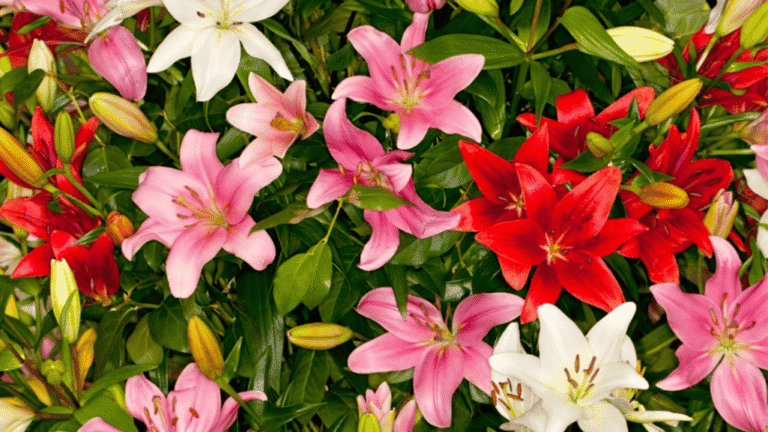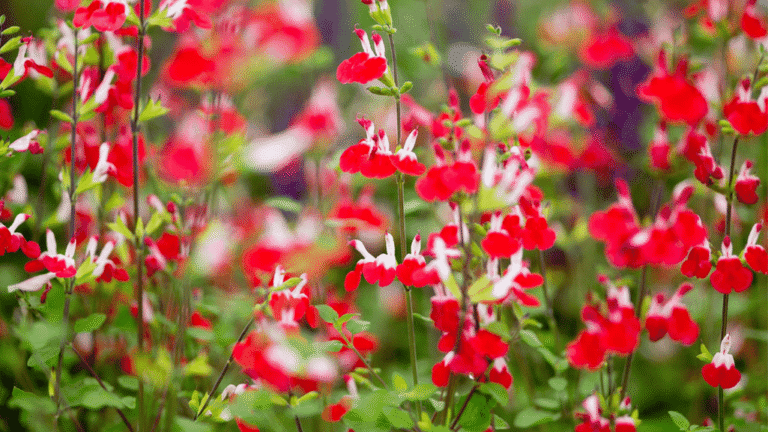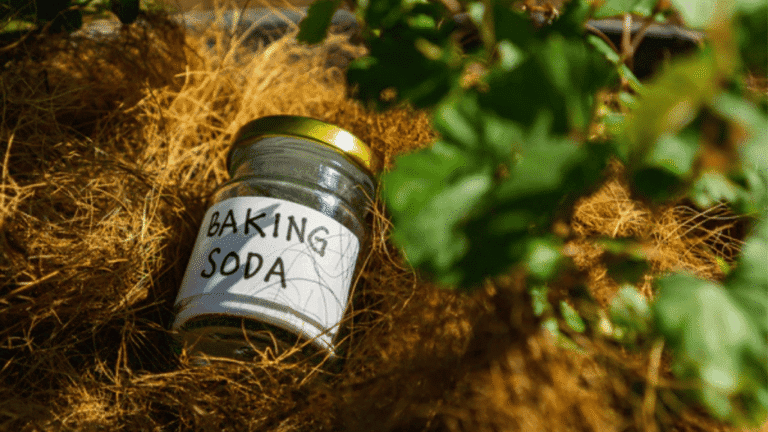Beautiful flowers gardenia Plants For Your homes

Preparing your outdoor space now saves time and protects plants when colder weather sets in across the United States. Timely actions during this season stop small problems from growing into major losses and give your beds a head start for spring.
Shifts in daylight and temperature signal a transition from the main growing season to cool conditions. A clear plan helps you focus on key priorities: bed cleanup, soil health, plant protection, tool maintenance, and planning for the next year.
Small, consistent steps now — like removing diseased material, mulching, and storing tools — protect structures and reduce weekend scramble before a freeze. This article uses a listicle layout so you can jump to tasks that fit your garden size, climate, and home storage options.
Avoid common mistakes: don’t leave infected debris in beds or delay action when a hard freeze is forecast. With the right timing and simple tasks, your plot will endure cold months and rebound faster in early spring without emergency fixes.
Key Takeaways
- Act before hard freezes to protect plants and soil.
- Focus on cleanup, soil health, protection, and tools.
- Small, regular steps prevent bigger problems later.
- Match tasks to your climate, garden size, and storage.
- A fall plan boosts moisture management and disease resistance.
- Use the listicle sections to pick time-friendly projects.
Quick Wins to Prepare the Garden for Winter Months
A quick cleanup now gives your beds a fresh start and saves time next spring. Small tasks remove pests, reduce disease carryover, and let you focus on soil work later.
Clear spent plants, vines, and stakes to reset beds
Tackle the fastest wins first: pull spent plants, clip lingering vines, and collect stakes and supports. Clearing clutter opens garden beds and makes spring setup faster.
Sort plant debris: compost the healthy, discard blight or mildew
“Pinetree Garden Seeds recommends cleaning up garden beds at the end of the growing season: pull spent plants, remove stakes and string, and gather clutter; compost healthy material and remove any with blight or mildew to avoid spreading disease next spring.”
Add healthy material to the compost pile, but put any blighted pieces in the trash. Keep a separate bin for questionable material to protect next year’s plots.
Rake and gather leaves as “garden gold” for mulch and compost
Rake fall leaves under trees and along paths, then shred them. Shredded leaves break down faster and make great mulch or a carbon boost for the compost pile.
- Sweep beds and pathways to remove rotting fruit or foliage.
- Label and store stakes, trellises, and twine to save time.
- Finish with a level rake so rain and snow don’t pool and compact the ground.
Soil First: Test, Amend, and Cover Beds for Early Spring Success
Healthy soil sets the stage for a strong start in early spring. Make soil testing your first step right after the main growing season. This is the ideal time to learn pH and nutrient status so you choose the right amendments.
Test soil pH and nutrients after the growing season
Send samples or use a home kit to check pH and nutrient levels. Pinetree Garden Seeds advises fall testing because amendments like lime need the winter months to break down and change the ground chemistry.
Add compost and slow-acting amendments
Work in finished compost and slow-release nutrients now. Winter moisture helps them integrate, so the soil is primed for early spring planting.
Mulch with shredded leaves under two inches
Spread shredded leaves in thin layers—keep mulch under two inches. That protects the surface without trapping warmth and allows a hard freeze to reduce pests and disease.
Protect beds without trapping pests
- Level the ground so water drains and roots breathe.
- Disturb slug and rodent hiding spots in raised beds before mulching.
- Mark each bed with what you added so you can track results next year.
Protect Plants from Frost, Wind, and Snow
A sudden cold snap can undo weeks of progress, so quick, targeted protection matters. Choose season extenders—cold frames, poly tunnels, or frost cloth—to shield tender plants from frost while trapping soil warmth.
Support all covers with hoops, poles, or sturdy trellises so heavy snow slides off instead of collapsing onto foliage. In raised beds, anchor row-cover edges and keep clearances of a few inches to avoid contact with leaves.
Fast, temporary fixes
When a freeze is sudden, grab bed sheets or blankets as stopgap covers. Secure edges with clips or sandbags so wind does not lift them and expose the bed.
Shrubs and broadleaf evergreens
Use burlap wraps on boxwood and small trees to prevent windburn and splaying under snow. Build a simple stake framework and keep fabric off the foliage; contact can trap moisture and freeze.
- Ventilate covers on mild days to cut condensation and disease.
- After storms, brush off excess snow gently to protect branches and covers.
- Stage clothespins and stakes near beds so protection goes up fast when weather flips.
Potted Plants, Perennials, and Shrubs: Overwinter the Right Way
Potted collections and border perennials need simple steps now to protect roots and reduce spring work. Move heavy pots indoors for the winter if you can. Bringing containers indoors for winter avoids freeze-thaw cycles that stress root-balls and can crack pots.
Move and insulate containers
If pots must stay outside, wrap sides with cushioned insulation and finish with burlap. Group containers near a south-facing wall and elevate them for drainage. This buffers temperature swings and keeps roots steadier.
Divide, store, and protect perennials
After a hard frost, divide delicate perennials or heel them into a protected bed. Label divisions clearly so you can replant in spring. Store lifted perennials in a cool, dark spot with slight moisture and check monthly for rot or dryness.
Mulch and water shrubs
Mulch around shrub crowns to shelter roots and maintain airflow at the base. Water during dry spells until the ground freezes; consistent moisture strengthens roots and lowers winter burn risk.
- Quick checklist: inspect moisture, re-secure wraps, note cracked pots or broken branches.
- Small habits now save hours in spring and keep plants healthy for years.
Plant Now for Spring: Bulbs, Garlic, and Overwintered Vegetables
Planting bulbs and garlic now gives you a jump-start on vibrant spring blooms and early harvests. Do this before the ground freezes so roots establish and shoots emerge on schedule.
Set bulbs and hardneck garlic in loose, free-draining soil
Schedule fall bulb and hardneck garlic plantings early enough for root growth. Dig holes in firm ground and add a touch of compost for nutrients.
Space cloves and bulbs at the recommended depth and firm the soil so roots make contact. Mulch lightly to moderate surface swings and reduce heaving.
Extend harvests with row covers and cold frames
Use row covers or a single cold frames unit to push carrots, parsnips, kale, chard, and other cool-season vegetables deeper into cold months.
- Sow or transplant hardy greens late in the growing season, then tighten protection before the first hard frost.
- Tuck in hardy herbs like parsley under low tunnels for early spring picks.
- Label seed rows clearly and stagger dates so the garden yields over several weeks.
Tools, Repairs, and Upgrades to Get Winter-Ready
Now is the best moment to tune tools and fix frames so small problems don’t turn into big repairs. A short project day saves time and keeps the garden ready for early tasks next year.
Clean, oil, and store equipment safely
Clean, sharpen, and oil pruners, shovels, and hoes to stop rust and improve performance. Wipe metal, treat wooden handles, and drain hoses before you stow them.
Gather all gear in one spot and label bins so you can find what you need when a warm spell invites outdoor work. Pinetree Garden Seeds recommends polishing and safe storage, and replacing damaged items now.
Repair frames, raised beds, and build cold frames
Fall is a perfect time to swap rotted boards, tighten trellis fasteners, and add corner braces to raised beds. Dry-fit lids and seals for new cold frames at home so they close snugly before storms arrive.
- Inspect handles and hardware; replace cracked grips.
- Coil and drain hoses; store nozzles indoors to avoid bursting.
- Keep a small repair kit near the rack for quick fixes after storms.
Stage oil, sand, and a rag at the tool shelf to make maintenance a habit. These steps help you get winter-ready and save hours on next season’s projects.
Winter Garden Care: Notes, Goals, and a Smooth Start Next Year
Take a few minutes to map beds and list problem spots; these records guide better rotations and purchases for the coming year.
Pinetree Garden Seeds recommends tracking what thrived and what failed, then using that data to plan crop rotation and seed orders.
“Take notes on varieties that did well and those that struggled, plan rotations, and set goals for next year’s garden.”
Quick actions to make sure next spring goes smoothly:
- Sketch bed maps and flag spots where the ground stayed wet or froze late.
- List seeds and supplies with quantities so you can reorder early and avoid shortages.
- Record frost dates, storm patterns, and any season anomalies to refine timing next year.
Identify bottlenecks—watering, staking, or space—and set one clear goal to fix each. Decide which seeds to start indoors and which beds to plant first in spring.
For a practical checklist, see this prepare garden winter checklist and these winter garden tips to help plan purchases and priorities for the year.
Conclusion
Clear priorities turn quiet months into productive prep time. Use a short checklist to make sure key tasks—cleanup, soil building, and simple protection—get done without stress.
Keep mulch thin and use smart compost additions so soil biology thrives while the ground cycles through freeze and thaw. Small repairs and tool maintenance now prevent big surprises when the growing season returns.
Protect tender plants during sharp cold snaps, then remove covers on mild days to keep airflow healthy. Plant bulbs and garlic in fall and use frames for late greens so beds work for you before spring.
Capture notes on what worked and what failed. That short record refines purchases and planting order and creates a resilient garden winter plan for the coming months.
























